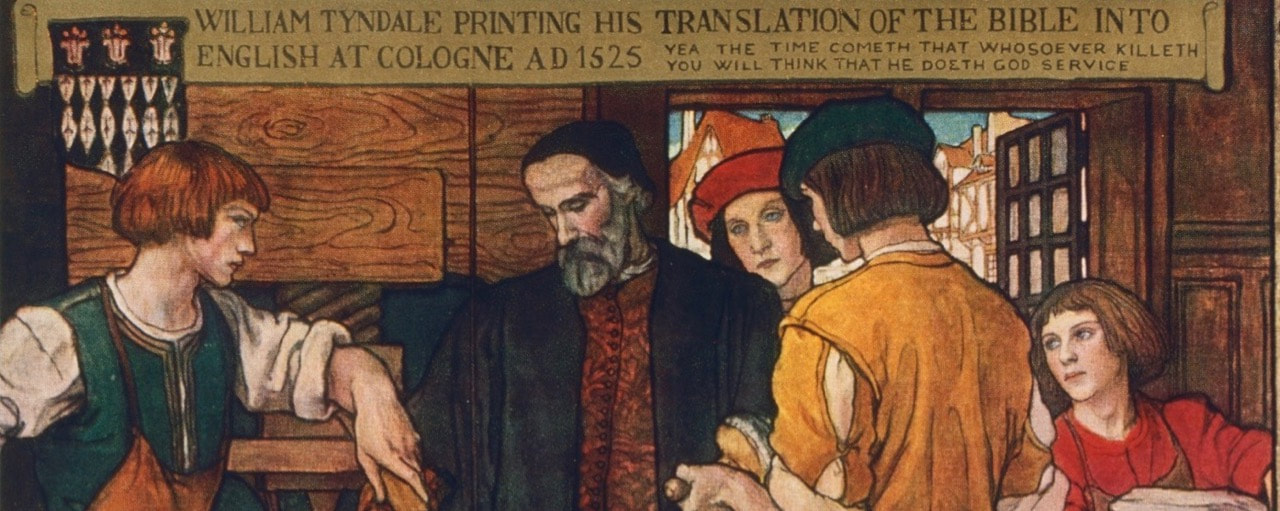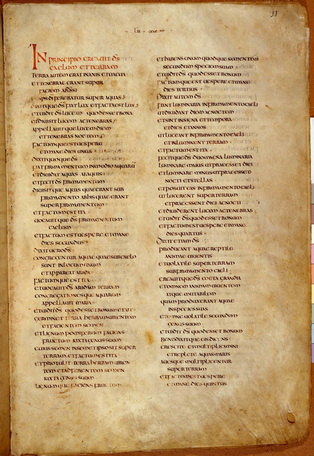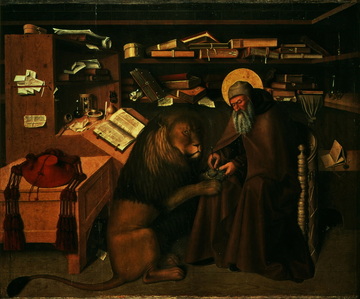Who Translated the Bible
from Hebrew to Latin?
|
The translation of the entire Bible into Latin in the early fifth century was called “the Vulgate,” meaning “the language of the people” and was the official translation used by the Roman Church for more than 1,500 years.
The Old and New Testaments circulated among churches in Greek, in Latin, and in other languages. By the fourth century, the various Latin manuscripts differed in style and quality of translation, and, as they were copied, textual variations crept in. An accurate Latin translation of the Bible was needed. In 382 Pope Damasus asked his secretary, Jerome, a scholar and linguist, to make a revision of the Old Latin translations of the four gospels. Jerome worked energetically for two years, and when Damasus died in 384, Jerome moved to Bethlehem, where the project grew to include the entire Bible. He eventually translated all 39 Old Testament books from Hebrew, not Greek. He did not include the Apocrypha, making it clear in his prologues that these books, while edifying, were not part of |
Scripture. The Apocrypha was included in later Vulgate manuscripts, but the Latin translation was not Jerome’s.
The earliest complete Vulgate Bible still in existence, Codex Amiatinus, has its own fascinating story. Missionaries to England from North Africa founded a number of monasteries and in about 700 two in the northeast of England made three massive Bibles, one for each monastery and one as a gift for Pope Gregory II. Ceolfrid, the monasteries’ abbot, set out to deliver the pope’s copy, but he died along the way. It is not known whether the pope’s copy ever made it to the Vatican, but for nearly 1,000 years it was in a remote Benedictine Abbey on Monte Amiata in southern Tuscany. The monastery was closed in the 1780s and its library and art were taken to Florence, Italy, where Codex Amiatinus has remained for more than 200 years in the Laurentian Library. While this manuscript is important for being the oldest complete Vulgate Bible, it’s also interesting for being a massive work of art. Its 2,060 pages are each 13-1/4” x 20”, it weighs about seventy-five pounds, and is considered by some to be finest book in the world. |


